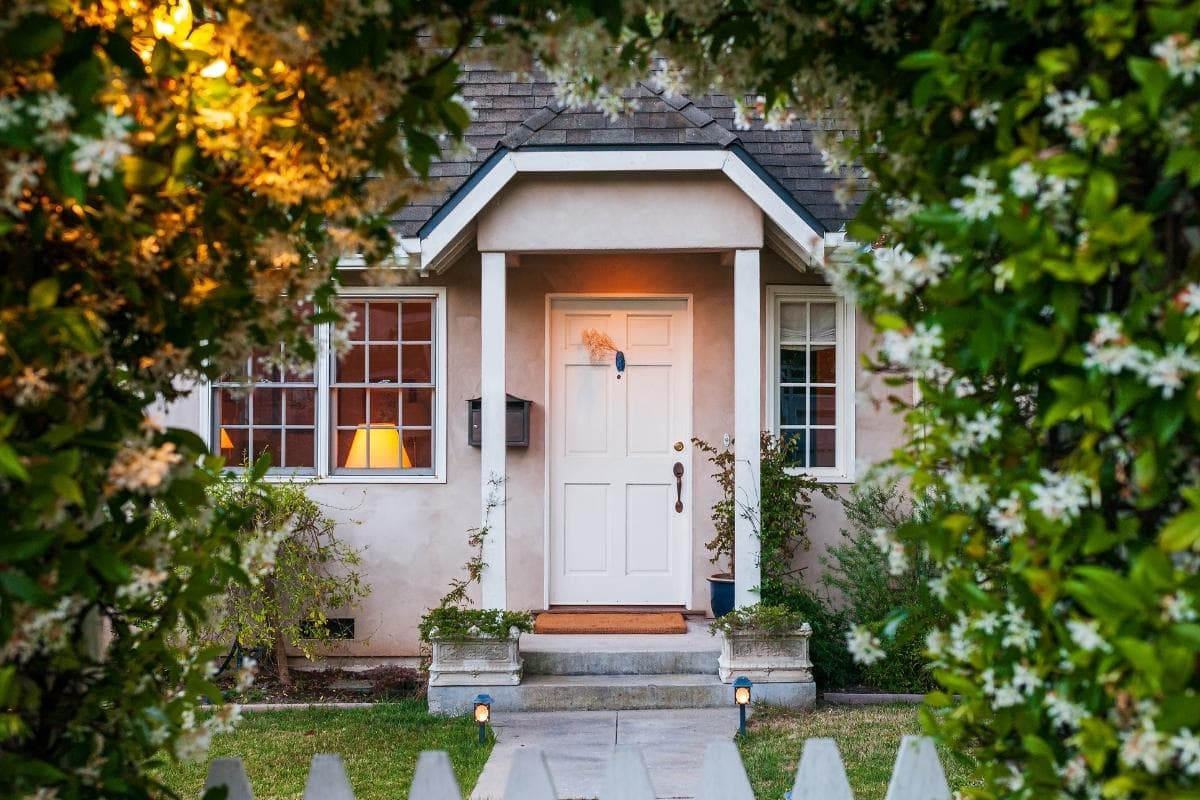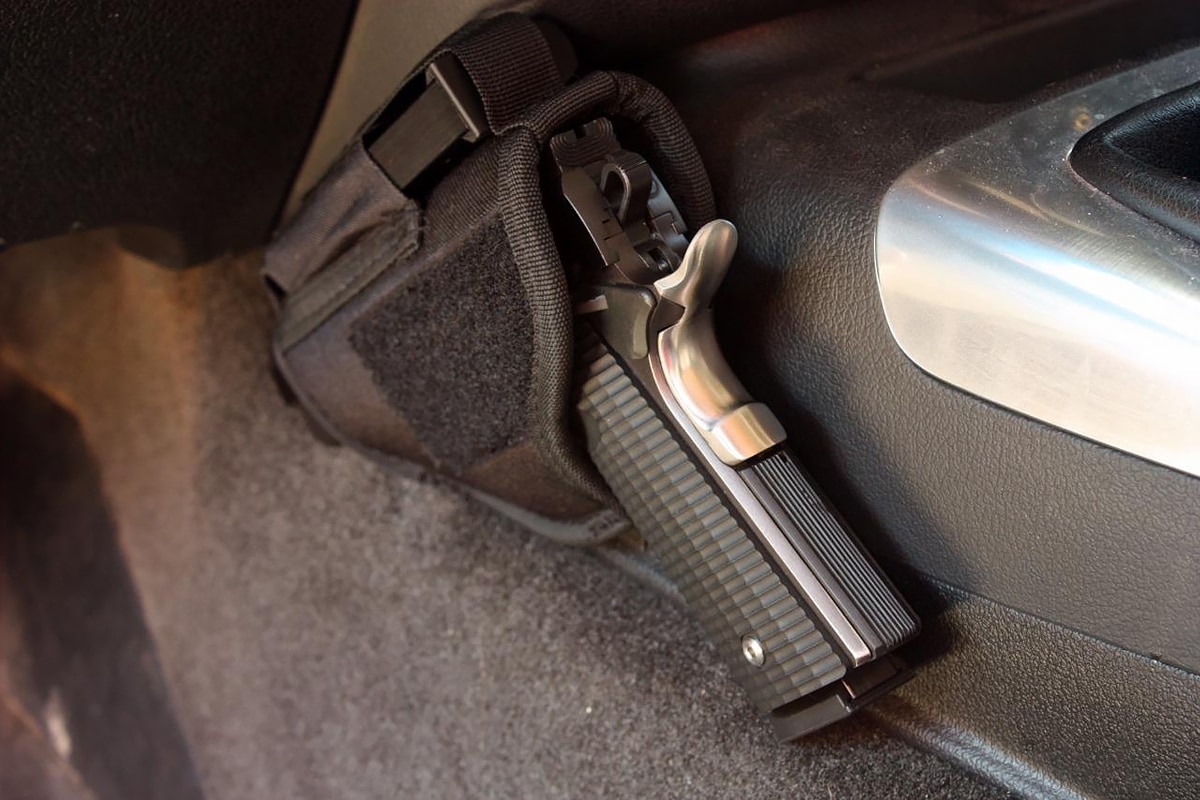The garden design is big. It is big business and accounts for a huge number of television programs and publications. In fact, presenters have become big celebrities on the back of these programs. What these have taught us is that your garden should be seen as an extension of the living areas from your house, and they are part and parcel of the whole home feel and experience. Whatever the size of your garden, contemporary, classic, or any other style, maximizing looks and enjoyment is possible, even on a small budget. Lighting is a vital part of that equation, and landscape lighting design is a whole area of skill in its own right.
A good landscape lighting design will allow you to expand the time you can spend in and enjoy your garden. It can turn it into a supreme relaxing zone, a party zone, or just a fabulous place to enjoy friendly company while your children play safely. Complimenting and enhancing shadow, movement, planting schemes, pathways, decking areas and reflection, the possibilities are endless.
Choices such as LED deck lights, solar path lights, outdoor fairy lights, party string lights, solar pool lights, floodlights, outdoor wall lights, and other LED landscape lighting fixtures can all be mixed and balanced in perfect harmony. Opportunities for new landscape lighting ideas are all around us in nature, and using that soft natural structure can help a landscape lighting design be a real hit.
When you start to design landscape lighting, it is best not to rush things. Take your time and follow our simple steps to create a successful scheme.
What Should The Landscape Lighting Design Achieve?
Have a look first of all at all of the areas and features of your garden by day. Work out which of them are going to disappear at night. Then decide what you want to light and why. The considerations are usually one of three:
Safety & Security
Is the area going to be traversed at all to get somewhere else? What obstacles are evident during the day that will be a hazard at night? Finally, you need to make sure that you comply with all building codes on entrances, exits, and stairs. You may also want to consider where you want security lights or motion sensors at the same time.
Utility
Is the area likely to be used on a regular basis? So is your pool good to go all the way through the evening, or will it be off-bounds? Are you going to want an area to place your grill, relax in, or set out a table for meals? For lesser areas or ones that will be used infrequently, consider what low-level, ad hoc, or temporary lighting can be installed quickly, like keeping some solar or battery outdoor lights handy.
Beauty
Do you have features in your garden that are dramatic, beautiful, or striking that would benefit from feature lighting? So columns, impressive trees, silver foliage plants, and sculptures may all fall into this category.
For each of these choices, there is a different solution and a different set of landscape lighting fixtures to consider in your landscape lighting design and budget.
How to Check Your Initial Landscape Lighting design
By Eye
Now you should, at the very least, take down a simple sketch and mark ideas and dimensions on it as best you can. Try looking out from your house after dark to visualize and check some of your ideas and assumptions. If need be, set up some flashlights for a very rough idea of the looks you might achieve with your landscape lighting ideas.
Professional Assessment
Of course, you can go the whole hog and pay out for a professional to come in and help. But be careful if you have small gardens as this will probably not be economical. From my experience, they will also try to push you into things you don’t want or more expensive options. Go by personal recommendation only.
Landscape Lighting Design Software
If you don’t want to pay out for a consultant, then you can purchase various PC software design packages to help. Some are quite simple and quick. But you can get much more advanced software that will actually do 3D representations o the garden at night, showing various lighting options and choices. Have a look at the reviews before you buy.
Taking Control
The final thing you need to check on your landscape lighting design is control and usability. By this, we mean do you need to have anything on permanently? Can you use solar garden lights with their great flexibility but minor risks of dropout as well? What has to be part of a hardwired low voltage landscape lighting design? Finally, what do you want to make sure you have complete control over for turning on and off or dimming?
Buying and Installing Your Landscape Lighting Fixtures
Now you know what your final design will be, then it is time to look at what to buy and if you can keep to your garden lighting budget. For some advice, you could try some of our guides here, including outdoor solar lighting, buying led deck lights and deck lighting ideas.
Of course, your choice will also be dictated by whether you go with solar-powered garden lights or a low voltage landscape lighting design, or a mixture of both. This will also guide you on installation.
If you are not a qualified or very good electrician, I would stay well away from actually installing any low voltage lighting yourself. Leave it to a professional who can sort out all the fixings, cabling, low voltage lighting transformer, and with certification. A little spending here is a lot of peace of mind.
Otherwise, assess your skill levels against the cost of employing someone to come in and put everything together for you.









